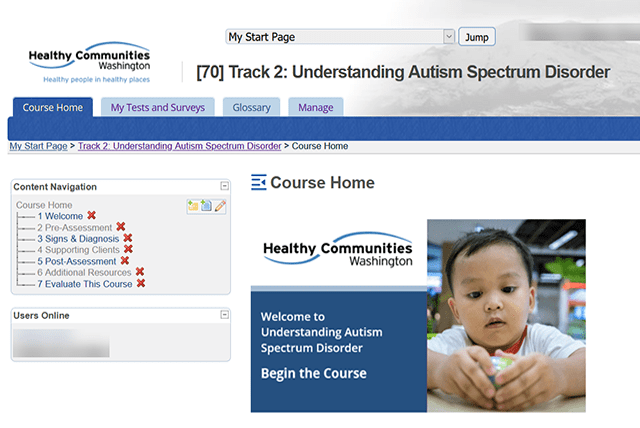Are you looking to create training programs that click with your participants?
Then start with focus groups.
There’s only so much you can think of while sitting at your desk. At some point, you’ll have to ask around what others want. That’s what a focus group does.
By engaging participants in dynamic discussions, focus groups offer a powerful tool for shaping your training program.
In this article, you’ll learn how you can leverage focus groups to define your training goals and shape your courses. Get ready to take charge and create impactful training initiatives.
[RELATED: How to Run a Successful Course Evaluation]
What Is a Focus Group?
A focus group is a collaborative gathering of participants, where their diverse perspectives are sought to shape decisions. Unlike surveys or individual interviews, focus groups bloom with interactive discussions and shared insights.
You can imagine how helpful all that feedback is when it comes to understanding what people want and what they think about training.
How Can Focus Groups Help You Define Training Goals?
Focus groups can be your secret weapon for defining training goals. By bringing participants together, focus groups enable you to tap into their collective wisdom, uncovering valuable insights and refining your goals based on their input.
Here’s how they can help you:
- Capturing Diverse Perspectives: Focus groups bring together a diverse group of participants, each with their unique experiences and insights. You gain access to a wide range of perspectives, ensuring your training goals consider various viewpoints by facilitating discussions and encouraging open dialogue.
- Uncovering Unspoken Needs: Sometimes, participants may have needs or expectations that are not explicitly stated. Focus groups provide a platform for participants to express these unspoken needs, shedding light on areas that require attention in your training program.
- Sparking Collaborative Ideas: The interactive nature of focus groups fosters collaboration and idea generation among participants. Participants can build upon each other’s ideas through group discussions, and spark creativity and innovation. This collaborative atmosphere can lead to the emergence of unique and impactful training goals.
- Refining and Validating Goals: Focus groups enable you to present and discuss potential training goals with participants. You can refine and validate your goals based on participants’ input.
- Enhancing Engagement and Ownership: Involving participants in the goal-setting process through focus groups creates a sense of ownership and engagement. When participants have a stake in defining the goals, they are more likely to be invested in the training program and actively work towards its success.
Preparing for a Focus Group
When you’re ready to kickstart your focus group, prepare by first identifying and recruiting participants. Seek out participants who represent your target audience or stakeholder group. Aim for diversity to gather a broad range of perspectives and spark a well-rounded discussion.
Then you should create a discussion guide. Craft a thought-provoking discussion guide that aligns with your training objectives. Share this with the facilitator and the participants. Here’s some help on writing focus group questions.
Make sure to set clear goals for the focus group session so everyone stays on track.
Conducting a Focus Group
With all your prep work done, next you can launch your focus group.
Make sure to find an experienced facilitator or at least communicate well with the facilitator. It’s their role to create an open and comfortable environment. Encourage active participation, be respectful about managing time and let every participant contribute.
Choose a suitable method to collect data, whether it’s through note-taking, audio or video recordings, or employing an additional note-taker. Accurate data collection is vital for later analysis.
Analyzing the Data
When your focus group has concluded, you can plumb the data for insights.
Look for common themes and patterns. Dive into the collected data and uncover recurring themes, patterns and key ideas that emerged during the discussions. These insights will serve as a foundation for defining your training goals.
Then, apply the data to create your training goals. Align them with the needs, preferences, and suggestions shared by participants to create a tailored and impactful training experience.
Using Focus Group Findings to Define Your Training Goals
You can put the focus group findings into action by helping to prioritize goals. Evaluate and prioritize the identified goals based on their significance and alignment with your training objectives. Focus on addressing the most important areas highlighted during the focus group discussions.
Finally, feed your defined goals into a training plan. Incorporate the insights gathered from the focus group to guarantee your training program addresses participant needs and achieves the desired outcomes.
By actively involving participants and embracing their input, you can create training initiatives that truly resonate. Embrace this transformative approach and witness the positive impact it has on your training program’s success.



